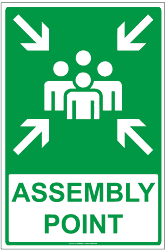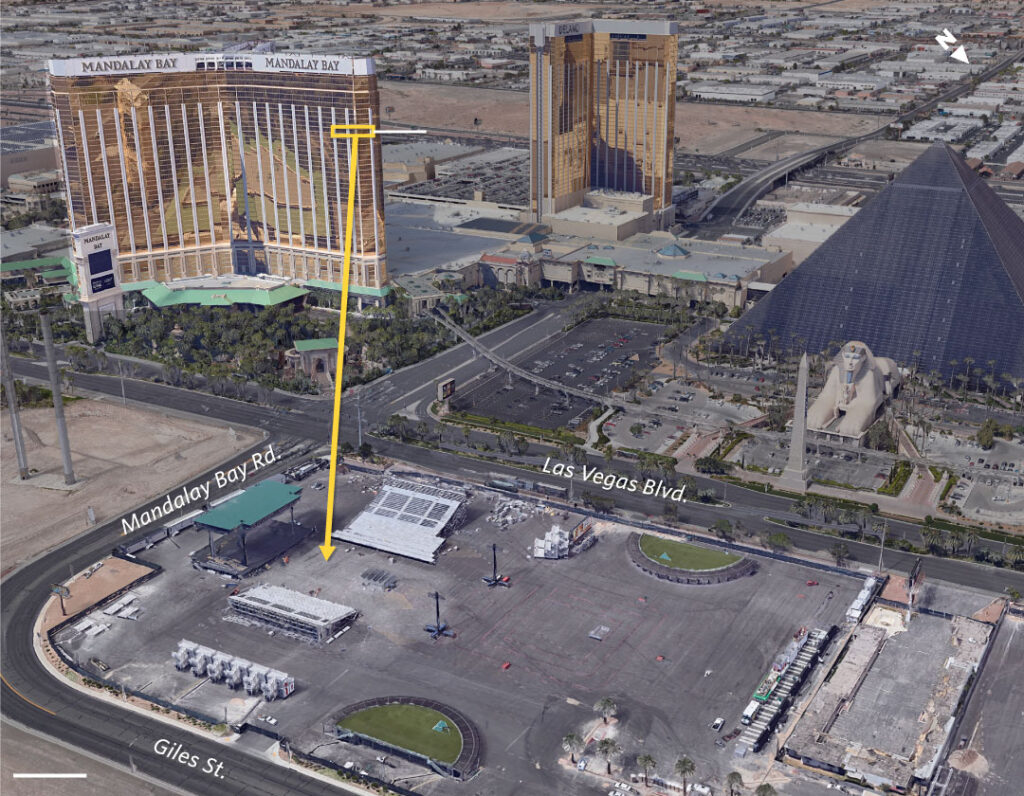Unsolicited Donations
They say a picture is worth a thousand words. The following photo shows what can happen when well-meaning people send unsolicited items to a disaster site. After the 2010 Haiti earthquake, large piles of used clothing, shoes, food, and household goods sent to Port-au-Prince went unclaimed and began spoiling, attracting rats and other vermin. Not only did these become a health hazard for aid workers and people living nearby, they also clogged up the runway used for relief flights. In the end, these piles of goodwill had to be bulldozed off the airstrip and burned as garbage.

Diversion of Time and Space
For many people, donating stuff feels good because they are giving tangible items that one might give to a friend in need. But unsolicited items can clog supply chains and disrupt disaster operations by taking up valuable space needed by aid groups to receive and distribute critical relief supplies. Managing these donations diverts aid workers’ time and attention from the task of providing life-saving aid. Also, managing piles of unsolicited items can force aid groups to change logistical and distribution plans, adding more work and cost to their humanitarian mission.
Inappropriate Donations
Chandeliers to Rwanda. Fertility drugs to Haiti. As the illustration shows, donations of food and clothing can be unnecessary, culturally/religiously inappropriate, and in some cases, downright unhealthy. Donations of canned goods or food are rarely beneficial, and the collection of bottled water is highly inefficient, as both food and potable water can be purchased at local markets close to the disaster area. In addition, used clothing frequently goes unused. In fact, 38 countries have banned the importation of used clothing, and 28 additional countries have severely restricted imports.
Transportation: Costly and Complicated

Unsolicited donations are expensive to send. They incur more costs every time they change hands and leave a big carbon footprint in their wake. Transporting “stuff” to a disaster site is far more costly and complicated than slapping a stamp on a care package. How costly? Check out our Greatest Good Donations Calculator. What you will learn may surprise you.
A common misconception is that the U.S. government or relief agencies will transport donations free of charge, or even for a fee. This is not true. Individuals or organizations that collect and send donated items are responsible for paying for transportation and related expenses – including customs fees – at commercial rates. Therefore, it is important that transportation arrangements are secured before any kind of material donations are collected.
Things to Consider
Before collecting material donations, you should consider the following things. Otherwise, your donation may end up burdening the relief effort it seeks to support:
- Has a credible relief organization identified a need for the items being requested?
- Is an organization prepared to receive, manage, and distribute the items you’re sending?
- Have the costs of transportation, shipping, warehousing and distribution been calculated and covered?
- Who is handling customs tariffs, fees and other cross-border requirements?
- Have quality assurance requirements from the host government been met?
From the New Jersey Volunteer Organizations Active in Disaster (www.njvoad.org).
Unsolicited Donations Read More »





